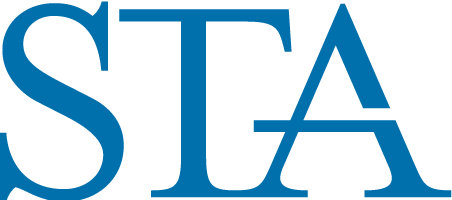testing this out testing this out testing this out testing this out testing this out testing this out testing this out testing this out testing this out testing this out testing this out testing this out testing this out testing this out testing this out testing this out testing this out testing this out testing this out testing this out testing this out testing this out testing this out testing this out testing this out testing this out
STA discussion document with congressional staff for the month of March & April on: Tick Size Pilot, SEC ESMAC & SEC Over Payment Credit Act
Tick Size Pilot Data (“Pilot”) – The Tick Size Pilot has been fully implemented for over four (4) months and has produced much data as reported on and debated in the public domain by numerous firms and entities, including STA. Observations in critical data selection points such as spreads, displayed liquidity, average trade size, volatility and costs have been articulated and general consensus and conclusions are beginning to build. The NMS Plan which governs the Pilot recommends a two-year time frame followed by a period of time to analyze the data and make final decisions. STA recommends that a formal process on interpreting data generated from the Pilot begin November 2017. This process should be led by the SEC with industry participation and could take the form of an Open Roundtable or Working Group. We believe such an initiative will create efficiencies in the final determination on proceeding with any of the criteria found in the three (3) test groups.
SEC EMSAC – STA continues to be supportive of the SEC EMSAC and the recent decision to extend its charter. Additionally, STA recommends that representation on the committee be expanded to retail brokerage firms, derivatives firms, and exchanges with listing companies while still maintaining the composition of “no more than 17 members” included in the charter. STA believes the interconnectedness between markets of different asset classes continues to grow and as equity rule makings are implemented the results more often than not have unintended consequences on asset classes such as derivatives. We believe adding a representative will assist in closing a representation gap we believe exists and in the SEC’s efforts to reform and improve the market structure.
SEC Overpayment Credit Act – STA supports a ruling and subsequent mechanism which would allow the SEC to issue credits on overpayments of Section 31a fees (H.R. 1257 and S. 462). STA believes the payment and reconciliation processes between firms and SROs, and SROs and the SEC is adequate but also voluminous. Providing legal authority for the SEC, along with the proper mechanism, to facilitate overpayments is a fair and reasonable request that we believe would improve the market structure. Additionally, STA also recommends a review of Section 31a fees and the burden they place on the equity markets as the only funding mechanism for the SEC. The Dodd-Frank Act in 2010 significantly increased the responsibilities of the SEC and additionally shifted 100% of the responsibility for funding the SEC to entities and investors that pay section 31a fees when buying or selling equities.
PDF version here
